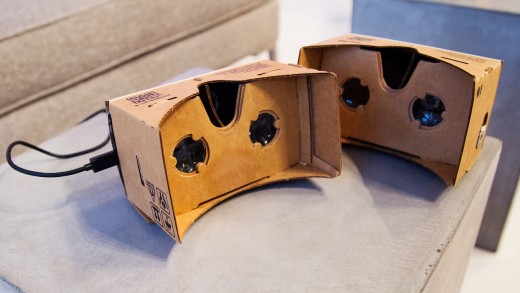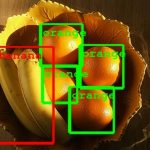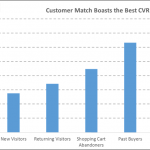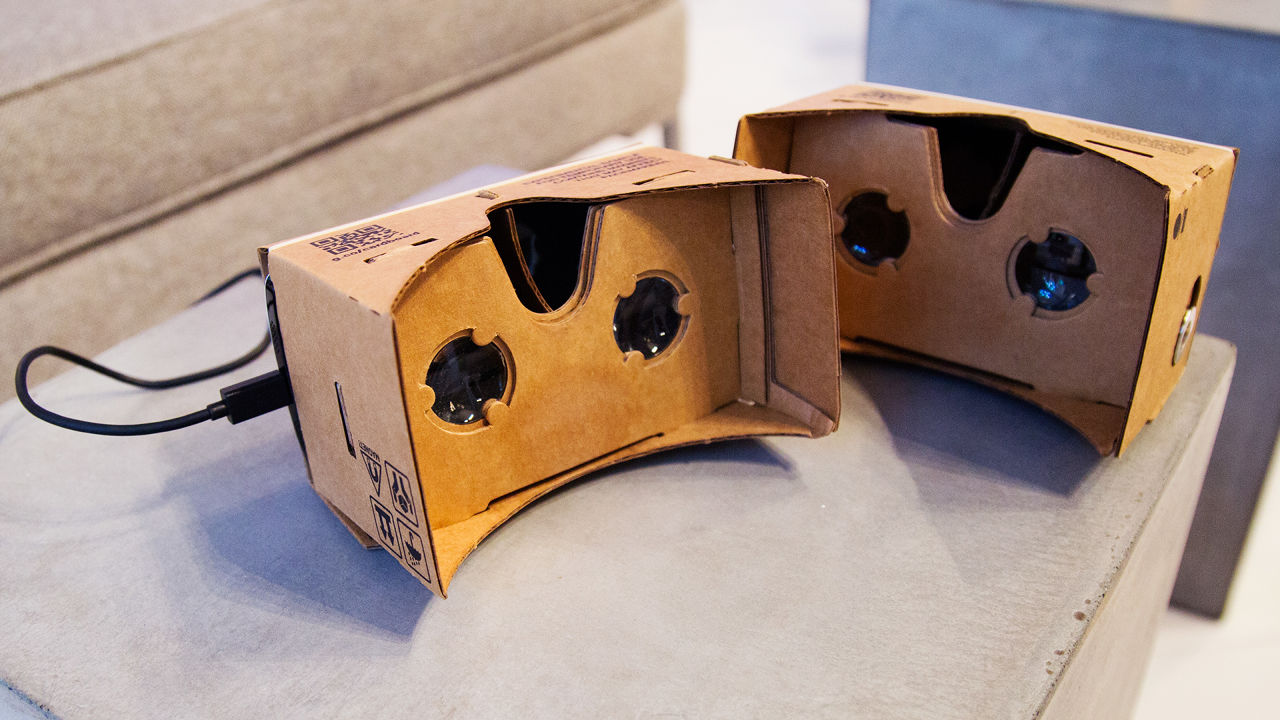Google Quietly moves Its Head Of Search Design To digital truth
Google invests a huge design skill in VR. something must be afoot.
may 18, 2015
<a class="fc-plugin people-page" href="http://www.fastcompany.com/person/jon-wiley" data-id="fastcompanyclothier of Google Search, has transitioned to transform lead dressmaker of Google Cardboard—the sub-$10 cardboard and plastic case that can grow to be a smartphone into a low-end, three-D, virtual fact headset.
Wiley’s Twitter profile displays his new position, and Google verified the transfer, but declined to share important points as to when or why it happened, or who will substitute Wiley in his former function. What’s clear is that Google has invested a massive design ability in VR. As head of Search, Wiley subtle the mobile expertise, whereas turning long lists of links easy playing cards of data.
When Google Cardboard launched a 12 months in the past, many interpreted it as a promotional gimmick, incapable of competing with higher tech competitors. but the platform may just end up to have legs. sure, it’s essentially a Viewmaster made from paper. It’s also the most democratic digital truth headset we’ve considered yet. Over 1/2 a million devices have shipped, doubtless because it can be a mere 2% to 3% of the associated fee of its closest competitor, the Samsung gear VR (additionally a headset adapter that slots in a smartphone), which runs $250.

And who higher to run the arena’s most democratic VR platform than the designer of Google’s most democratic product, search? everyone’s grandma is aware of easy methods to Google one thing, but beneath Wiley, Google Search has persevered to eliminate tiny factors of friction standing between a user and his knowledge. below Wiley, Google added playing cards that pulled related information straight out of search results. As he put it to me final yr, “Google could be very well known for its sturdy laptop science, algorithms, and all of the things we do with regards to fixing truly giant arduous-to-scale issues. [But] I don’t suppose slightly as a lot consideration has been paid to the other side of Google. We’re really occupied with making easy and helpful experiences—but also gorgeous experiences.”
VR desperately needs these “easy and helpful” experiences. As of today, VR hardware like Oculus Rift is a technological surprise, with high-resolution monitors that fire pixels, coordinated along with your head movements, to feel real. however how do you walk round in a VR recreation? How do you contact a VR button? What does a menu or file system appear to be in an immersive, 3-D atmosphere?

“individuals are looking to invent the show phase, they usually’re no longer but worrying correctly concerning the UI,” John Underkoffler, creator of the well-known Minority document interface, defined in a latest interview, citing a basic lack of urgency throughout the business. “no person has a UI for it. so that places VR just about in the position of being a playback mechanism.” In other words, with out UI, digital truth is just going to be an awfully good technique to watch a rather standard movie. users want an entire new language to in reality have interaction with it.
here’s hoping Google Cardboard duties Wiley with scripting that future.
[Top Photo: Joel Arbaje for Fast Company]
(119)














